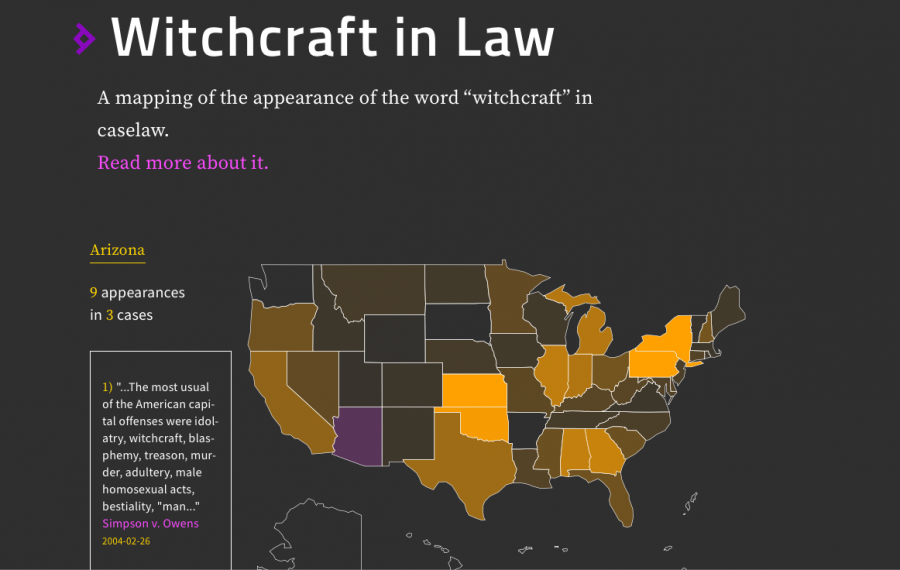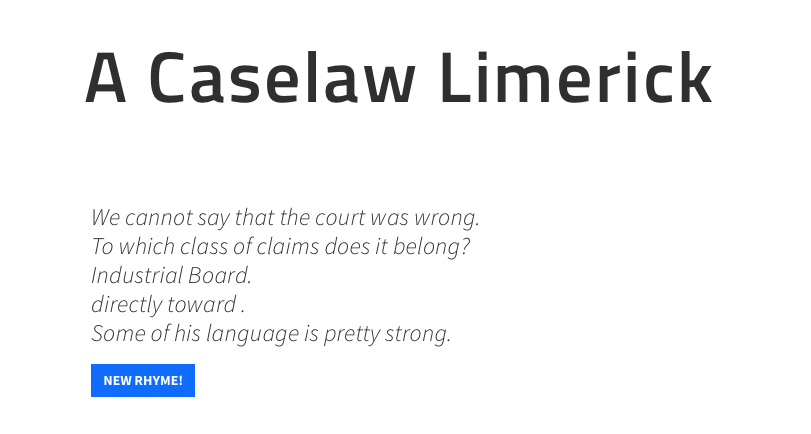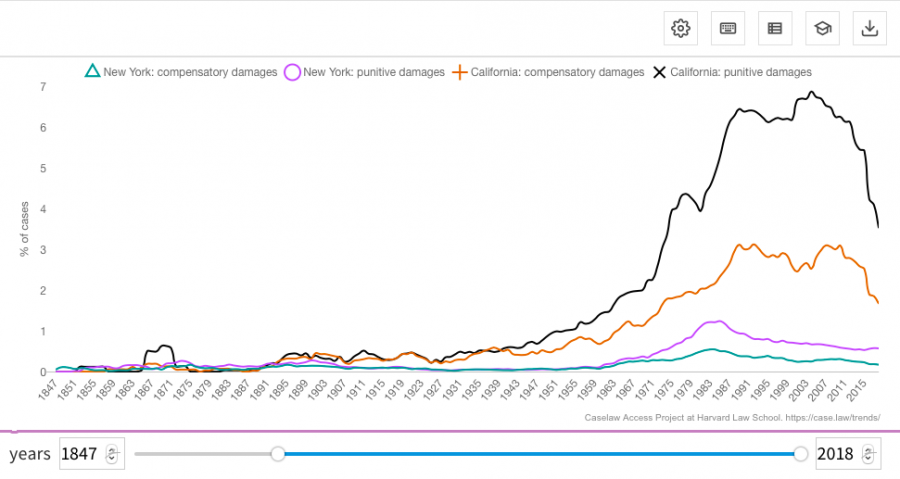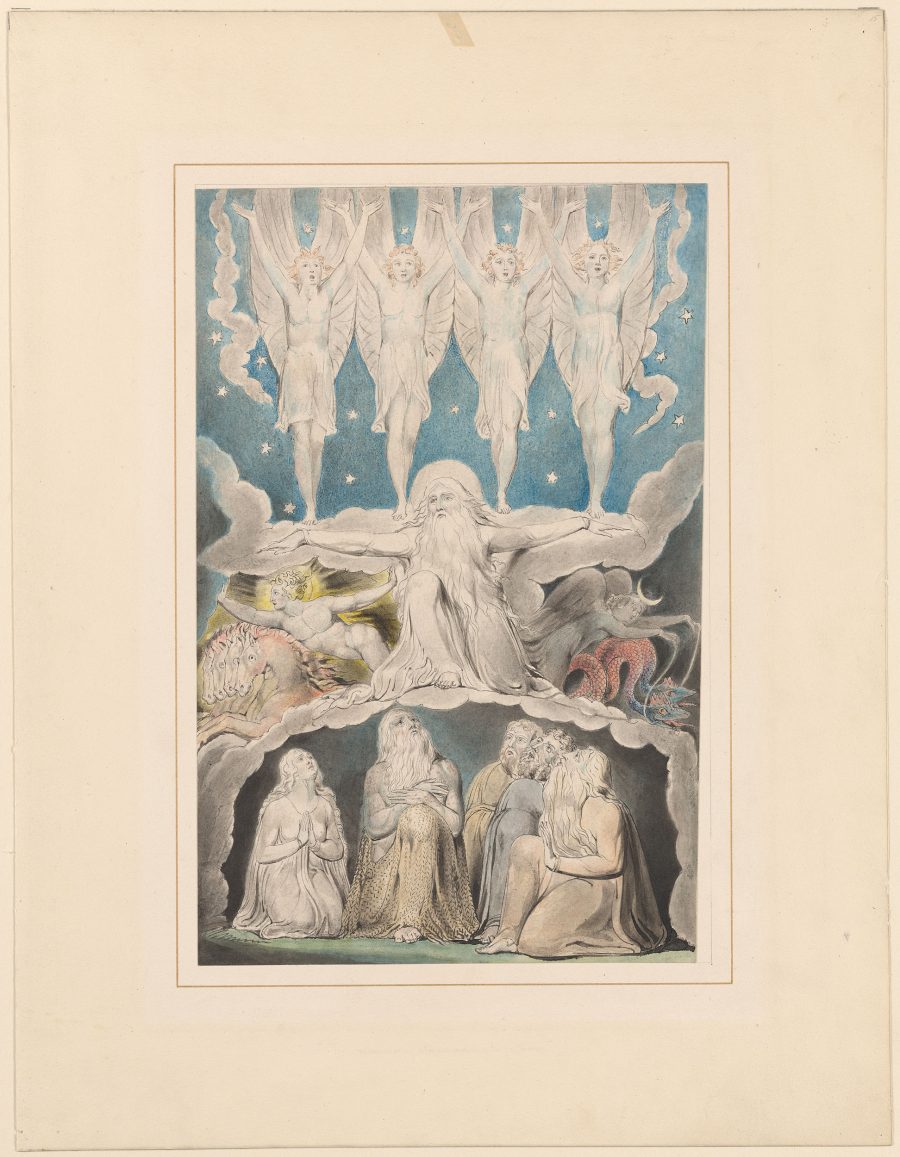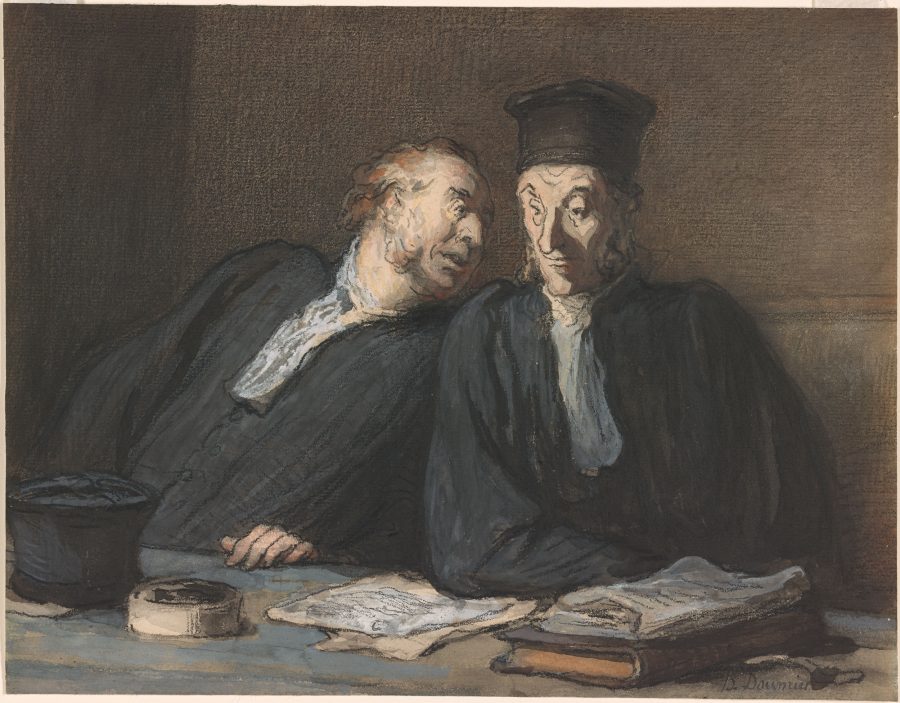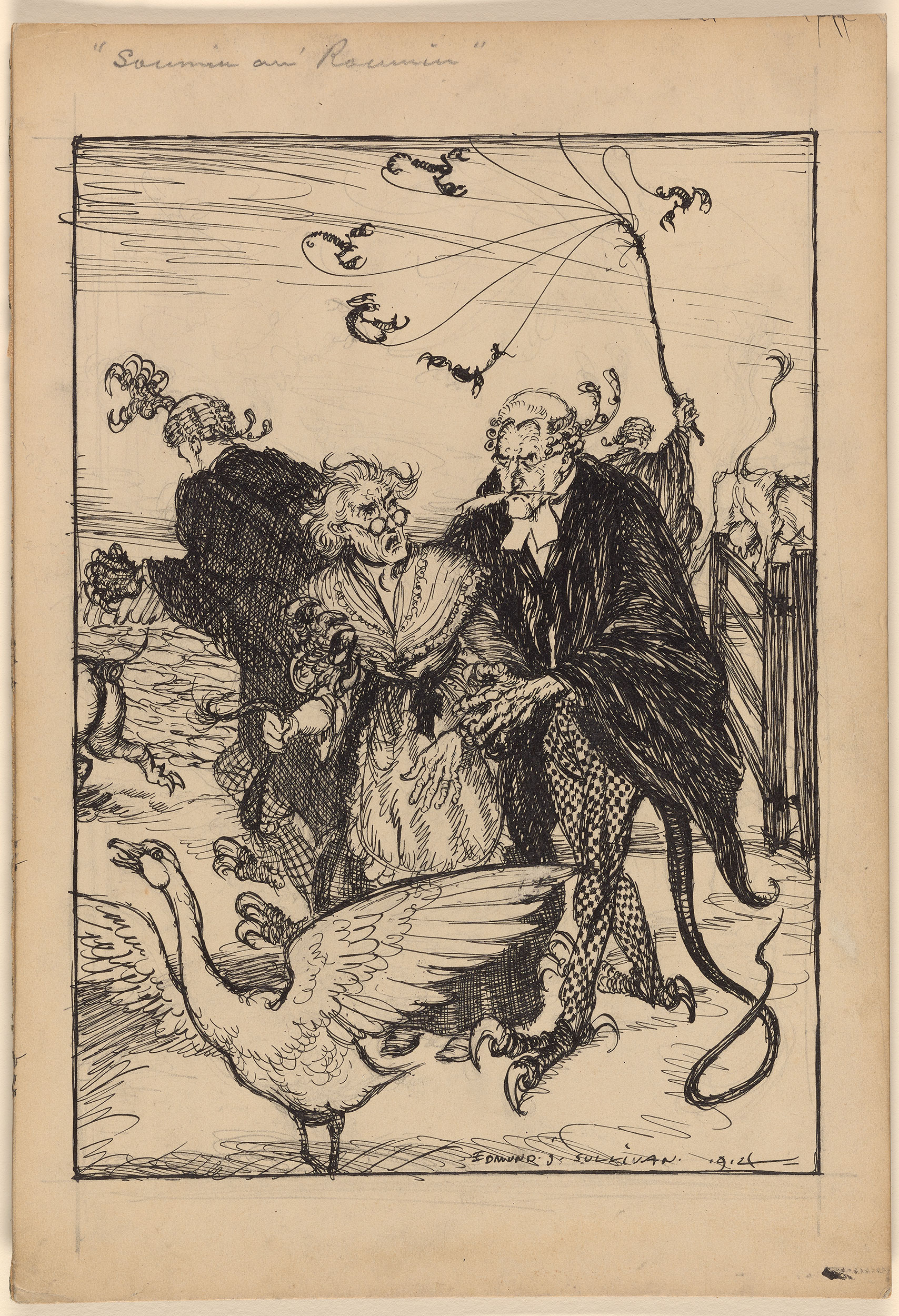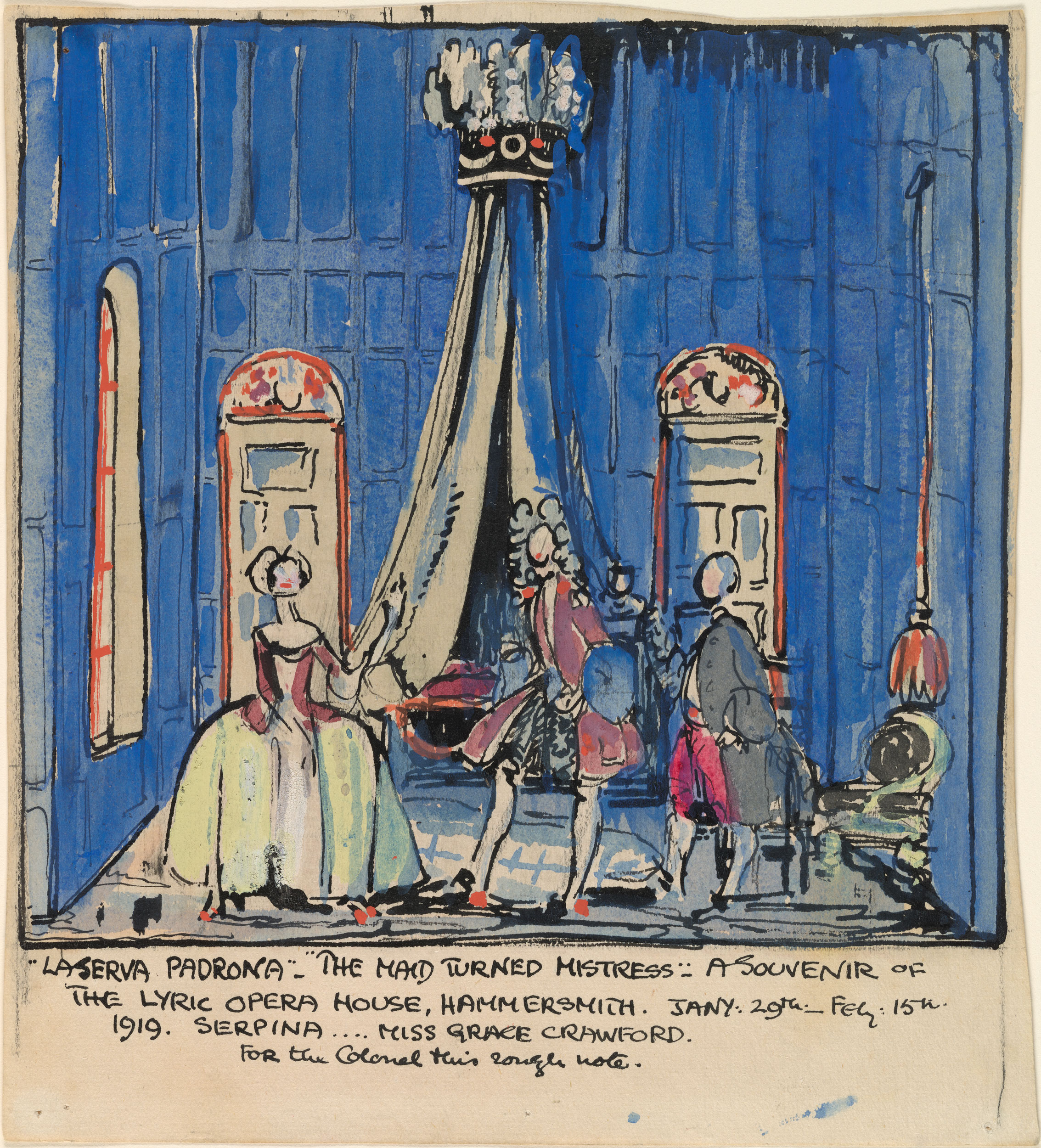When Helen Keller was only twelve years old, she stood accused of plagiarizing a short story. A tribunal acquitted her of the charges, but when her dear friend Mark Twain read about the incident years later, he strenuously protested, exclaiming in a 1903 letter, “the kernel, the soul—let us go further and say the substance, the bulk, the actual and valuable material of all human utterance—is plagiarism.”
Given the finite number of possible narratives, and combinations of phrases, words, and syllables, he’s got a point, though it wouldn’t hold up in court where the question of intent comes into play.
Litigious artists and their estates frequently sue other artists whose work is too close to what they claim as their own invention. Twain might say (his own copyrights aside) that the idea of inventing art from scratch is an “owlishly idiotic and grotesque” fantasy. He might say so, for example, of the recent legal decision that keeps Woody Guthrie’s “This Land is Your Land” a form of private property, despite its author’s desire for anyone and everyone to sing and record the song. (Guthrie’s daughter Nora claims she is protecting it from “evil forces” who would misuse it.)
If literature is mostly plagiarism, what about music? How is it possible to copyright melodies when they float through the cultural ether, appearing in similar forms in song after song around the world? What would have become of the blues, bluegrass, and nearly every form of traditional folk music from time immemorial had copyright law prevented unauthorized borrowings? These are questions judges and juries often ponder when faced with two similar sounding pieces of music.
In one recent case, for example, a jury found that pop star Katy Perry had “infringed upon the copyright of Flame, a Christian rapper who’d posted a song” with the same melody as her song “Dark Horse,” even though Perry “insisted that she’d never heard of the song or the rapper” as Alexis Madrigal writes at The Atlantic. “For some musicians, musicologists, and lawyers, the verdict felt scary; after all, large numbers of songs now live on SoundCloud and YouTube. It became thinkable to ask: Could the world run out of original melodies?”
This seems unlikely given the “functionally infinite possibilities” for melodies resulting from “all the notes and all the traditions of music around the world.” However, when it comes to Western pop music and the more limited parameters that govern its composition, the number reaches a more “comprehensible part of finitude.” Programmer, lawyer, and musician Damien Riehl and his fellow programmer and musician Noah Rubin decided to “brute force” their way out of the problem entirely, as Riehl tells Adam Neely above, using an algorithm that generated all of the melodies in the range they’d seen in copyright lawsuits.
By generating all possible melodies above the middle‑C octave as MIDI files, the two artists hope to head off costly infringement litigation that can hobble creative freedom. Riehl explains the ingenious concept in the TEDx Minneapolis talk at the top of the post, beginning with the issue of “subconscious” copyright infringement that sometimes forces artists to pay out millions in damages, as happened to George Harrison when he was sued for plagiarizing “My Sweet Lord” from the Chiffons’ “He’s So Fine.”
Maybe what the law has not considered, says Riehl, is that “since the beginning of time, the number of melodies is remarkably finite.” Rather than inventing out of whole cloth, artists choose melodies from an already extant “melodic dataset” to which everyone potentially has mental access. Now, everyone could potentially have legal access. By committing melodic data to a “tangible format,” Samantha Cole reports at Vice, “it’s considered copyrighted.” Or as Riehl explains:
Under copyright law, numbers are facts, and under copyright law, facts either have thin copyright, almost no copyright, or no copyright at all. So maybe if these numbers have existed since the beginning of time and we’re just plucking them out, maybe melodies are just math, which is just facts, which is not copyrightable.
Riehl and Rubin have released their billions of melodies under a Creative Commons Zero license, meaning they have “no rights reserved” and are similar to public domain. Available as open-source downloads on Github and the Internet Archive, along with the code for the algorithm the artists used to make them, the dataset might actually have sidestepped the problem of musical copyright infringement with technology, though whether the law, writes Cole, with its “complicated and often nonsensical” application, will agree is another issue entirely.
via Vice
Related Content:
Zeppelin Took My Blues Away: An Illustrated History of Zeppelin’s “Copyright Indiscretions”
Josh Jones is a writer and musician based in Durham, NC. Follow him at @jdmagness
